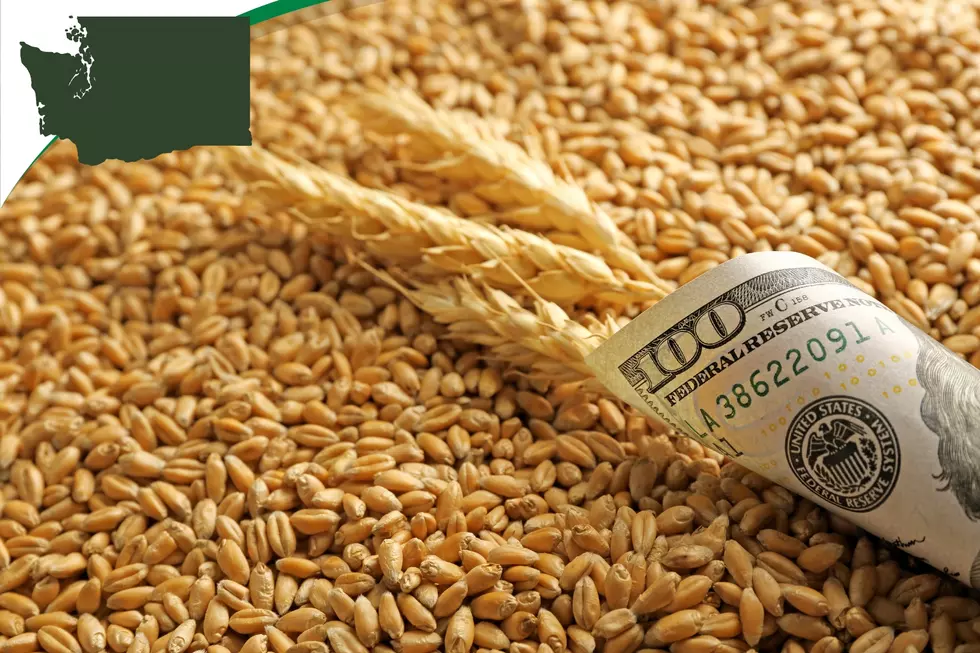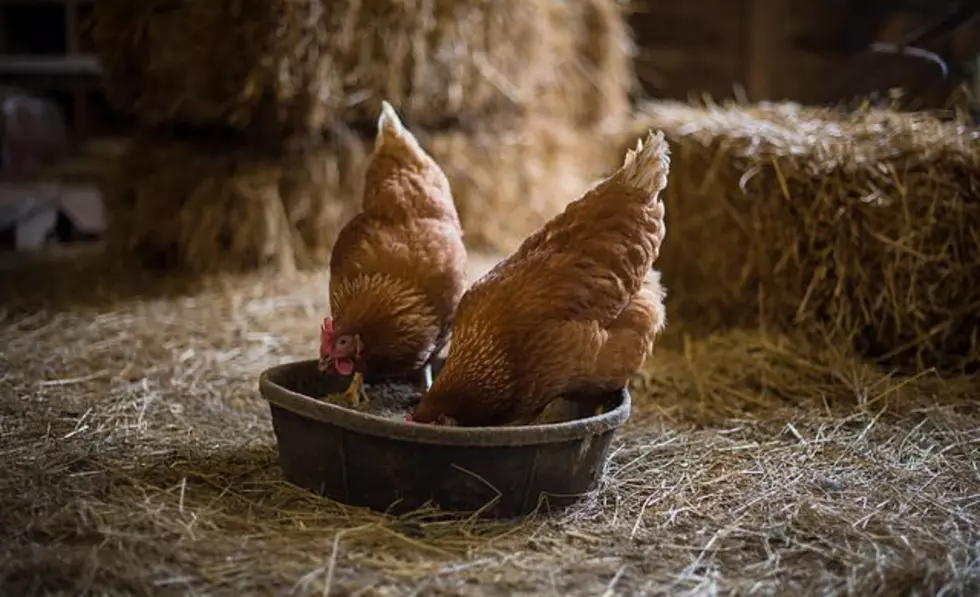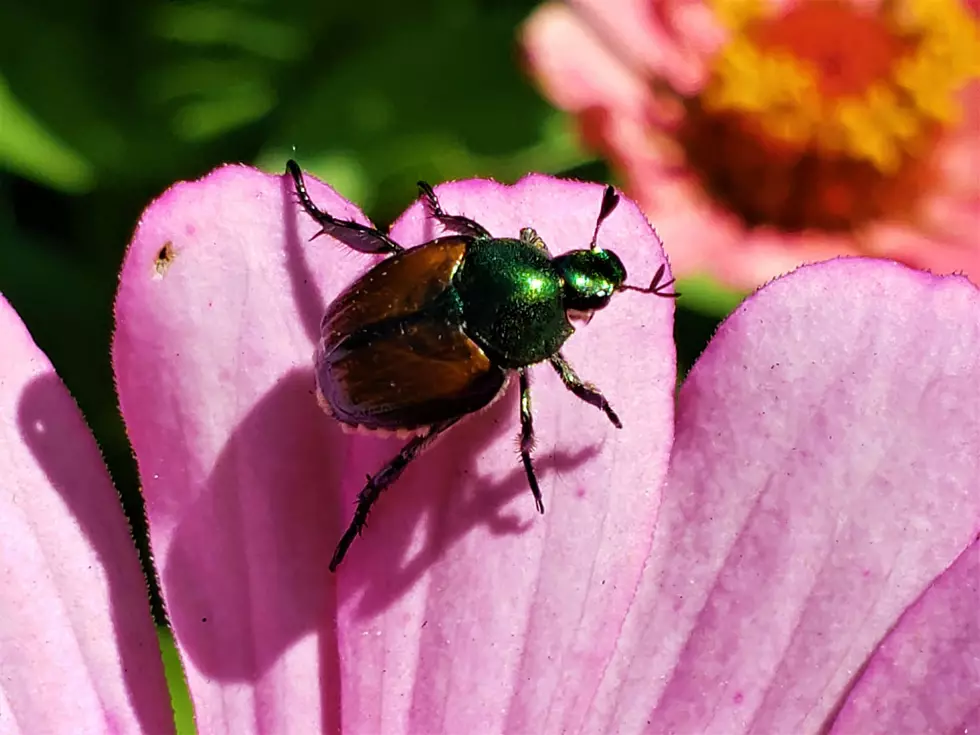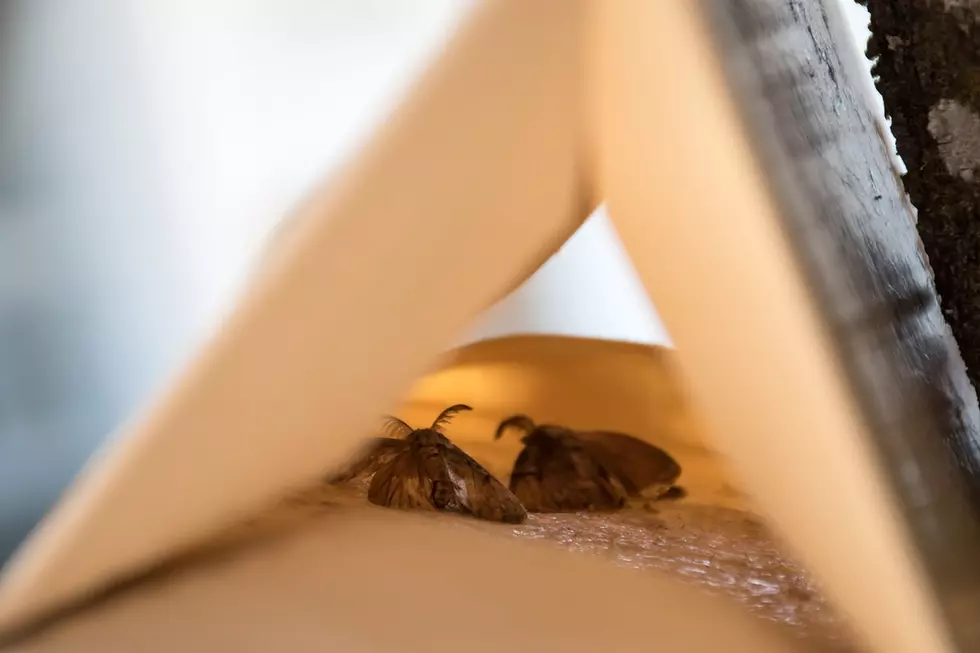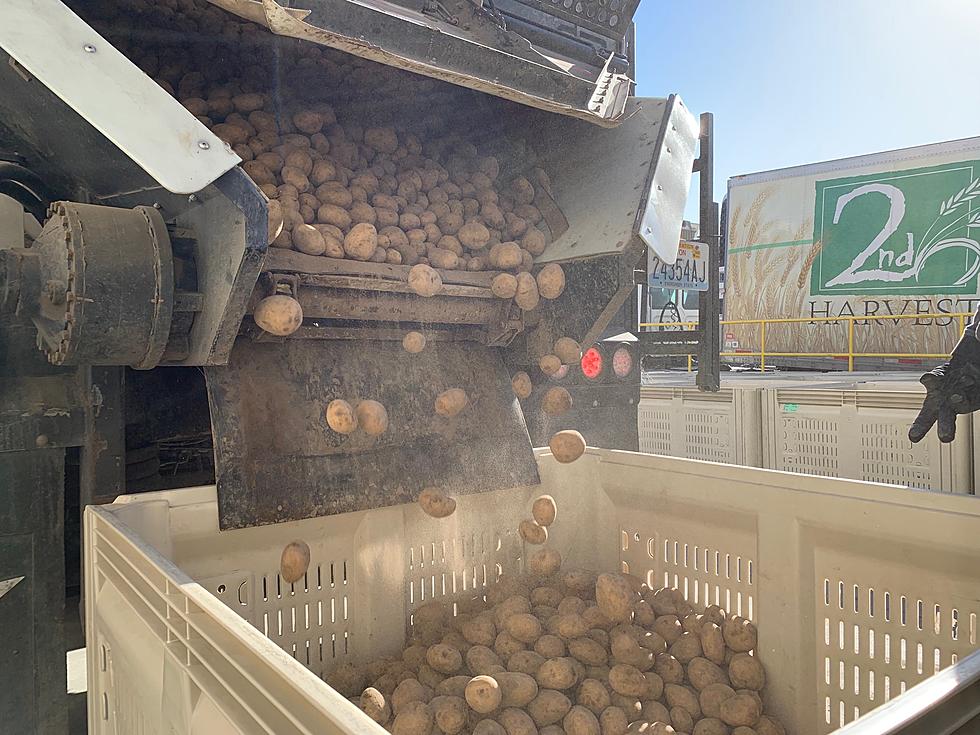
WSDA: Horse Owners Protect Animals From Equine Herpes Virus
The Washington State Department of Agriculture is warning horse owners to be on the lookout for Equine Herpes Virus, better known as EHV-1. The neuropathogenic strain was detected in King County a few weeks ago. And while it is not to be taken lightly, WSDA Veterinarian Dr. Brian Joseph said EHV-1 is not a death sentence for a horse that contracts it. In fact, he said many of the horses impacted in King County recovered after extensive care, but seven were euthanized.
“It’s of great concern because of it’s infectious nature, and the general way that it’s transmitted is not from horse to horse, it’s from people to horse, people carrying the virus.”
Dr. Joseph told the Washington Ag Network there are several symptoms horse owners should watch for, including:
- Fever of 102.5F or higher
- Discharge from the eyes or nose
- Respiratory Symptoms
- Swelling of the limbs
- Spontaneous abortions
- Neurological signs, such as an unsteady gait, weakness, urine dripping lack of trail tons and recumbency.
Dr. Joseph added EHV-1 can easily travel across the state, or even across the nation, so biosecurity is vital.
“They are not just livestock they are companion animals, and so the loss of a horse is not only an economic loss but it’s an emotional loss, and we need to do all that we can to prevent the spread of the disease, and part of that is attention to biosecurity.”
The WSDA adds:
The disease is spread from horse to horse through direct contact, on feed, tack and equipment. While people cannot be infected by the virus, they can carry it on their clothes or hands. Here are some biosecurity steps horse owners should follow to protect their animals from becoming infected or spreading this virus:
- Wash hands, clothing and equipment and avoid using the same equipment on different horses.
- Monitor all horses on your premises for symptoms.
- Limit direct horse-to-horse contact.
- Limit stress to horses.
- Clean barn areas, stables, trailers or other equine contact surfaces thoroughly, removing all organic matter (dirt, nasal secretions, uneaten feed, manure, etc.), then apply a disinfectant. Organic material decreases the effectiveness of disinfectants. Be sure to follow the manufacturer’s recommendations when mixing disinfectants and for contact time.
- Use footwear disinfectant and hand sanitizer when moving between areas.
- If you have a potentially exposed horse, restrict human, pet and vehicle traffic from the area where the exposed horse is stabled.
- Clean all shared equipment and shared areas, again removing dirt and manure before application of a disinfectant.
- Self-quarantine any horses with possible symptoms away from other horses and contact your veterinarian immediately.
If you have a story idea for the Washington Ag Network, call (509) 547-1618, or e-mail gvaagen@cherrycreekradio.com
More From PNW Ag Network
